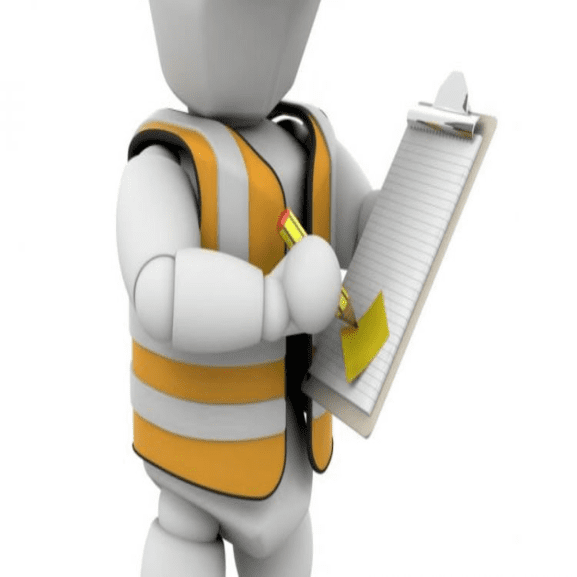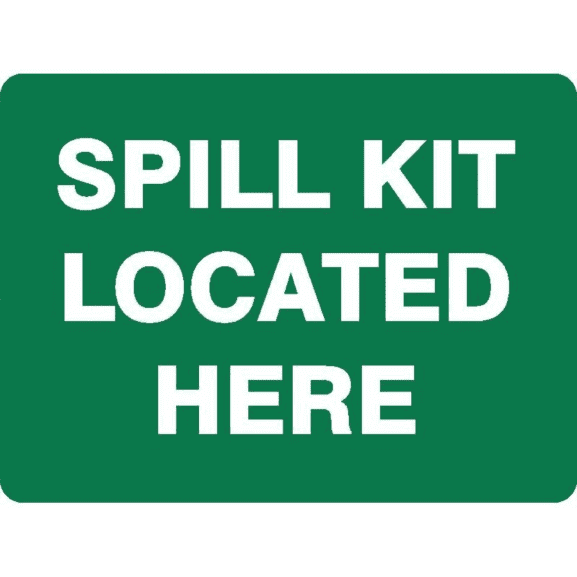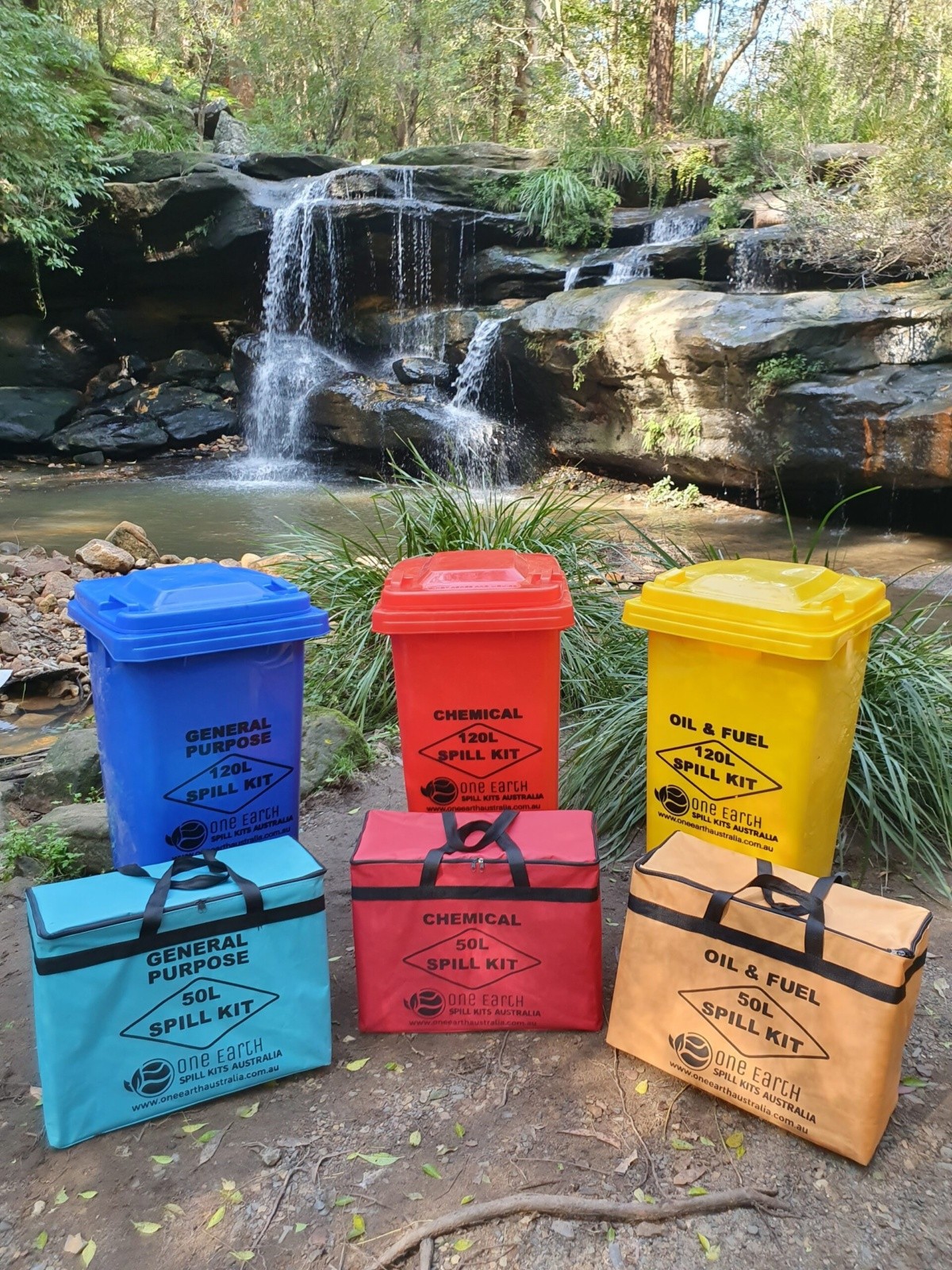Maintaining your spill kit is essential to ensure their effectiveness in responding to spill emergencies in a prompt and safe manner. In this blog, we will discuss some tips and best practices for your spill kit maintenance.
Regular Inspections
You should carry out routine inspections of your spill kit(s) to check their condition and contents. Ensure your spill kit is intact and in good working condition. Check for any damage to containers, lids, absorbents, and PPE. Conduct regular checks to ensure your spill kit is fully stocked and ready to use in the case of an emergency.
Your inspection routine should be a pre-determined period, for example, every 3 months. The length of time between inspections will depend on several factors, such as the frequency in which they are used, and also where your spill kits are stored (outdoors for example).

Training & Familiarisation
Once you have designated members of your team for spill response, they should be trained on the proper use and maintenance of your spill kit(s). Ensure they understand and are familiar with the contents of the spill kit, what each component is used for, how to correctly use each component, and how to replenish the spill kit after use. It is recommended that an inventory of your spill kit components is maintained so it is easy to restock any used or missing items promptly.
If a significant amount of the contents of a spill kit have been used in an emergency spill response, it is best practice to replace the whole spill kit with a new spill kit and keep the remainder of the used spill kit as spare replacements.
Typical components of a spill kit will include:
A. Absorbent Booms
Absorbent booms, also referred to as absorbent socks, are “sausage” shaped absorbents that are used for perimeter containment. They should be placed around the spill, particularly if the spill is spreading, moving toward drains, or any other environmental release.
B. Absorbent Pillows
Absorbent pillows are the most effective absorbent for constant leaks and high-volume spills. Simply place them underneath the leak or on top of the spill and they will absorb a large quantity of the liquid.
C. Absorbent Pads
Absorbent pads are versatile and easy-to-handle absorbents used to soak up shallow spills and then effectively wipe and clean up the remaining spill after booms and pillows have been utilised. Absorbent pads directly soak up the spill, much like a sponge.

D. Personal Protective Equipment (PPE)
Although the type of PPE will vary from spill kit to spill kit, generally speaking, there should be protective eyewear (to protect your eyes from chemicals splashing up for instance), and also protective gloves to prevent direct contact of your hands with the spilled liquid, which could obviously pose a significant threat if you are handling hazardous chemicals for example.
E. Waste Bags & Ties
Placing your used absorbents and PPE inside of the waste bags provides containment allowing them to be disposed of safely.
Important: Provide regular refresher training to your team on spill response procedures and the use of spill kits. This will help reinforce good practice and keep everyone prepared for an emergency. This practice will help build confidence within the team and efficiency in handling spill incidents.
Location & Accessibility
Although your spill kits should be kept away from high-traffic areas and pathways to prevent them from being constantly moved, lost, or damaged, spill kits should be strategically placed in highly visible and easily accessible areas where spills are most likely to occur.
Your spill kits should be clearly labelled. Your team should be aware of the spill kit locations so they can be quickly located in the event of an emergency.

Storage
Ideally, your spill kit(s) should be stored in a clean, dry, and easily identifiable location. Where possible, keep them away from sources of heat, direct sunlight, and other areas prone to extreme temperatures as this may affect the integrity of the spill kit contents.
If it is necessary to store your spill kits outdoors, ensure the spill kit container is weatherproof, for example, in a plastic wheelie bin with a lid.
Documentation
It is recommended that you keep proper records of inspections, restocking dates, and maintenance performed on your spill kit(s). This will help ensure accountability and will also provide an accurate history of maintenance of your spill kit(s) for auditing purposes.
This documentation can serve as evidence of compliance and will also help you identify any recurring issues or trends in your workplace.
Spill Response Plan
A spill response plan will document your response to a spill incident, specific to your workplace. Information that may be included in your spill response plan includes:
- The location of spill kits
- Emergency contact numbers
- Step-by-step clean-up instructions and how to dispose of used absorbents and PPE
Make sure your team is well-versed in these procedures and has access to them.
After your spill response plan has been developed, it is just as important to review your spill response plan periodically, including the role of spill kits, to ensure it aligns with any changes to regulations, your work processes, or the materials used in your workplace. Lessons learned from previous spill incidents should also be reflected in your spill response plan reviews.
You should ensure that the absorbents within your spill kits are suitable for the types of spills that are likely to occur in your workplace.
Remember: Different types of spills may require different types of absorbents (for example, oil, fuel, or harsh chemicals). Review and update the absorbents as needed. This should all be documented in your spill response plan.
Try to create and promote a culture of spill prevention and response awareness among your team. They should be encouraged to provide feedback and report potential hazards before they become an incident. Continue to reinforce the importance of using spill kits safely and effectively.
Remember to familiarise yourself with all regulations and industry-specific guidelines and remain compliant. Regularly evaluate and incorporate best practices to best deal with a spill emergency.

Spill kit maintenance forms a vital part of your effective spill response and environmental protection. This blog was aimed to provide you with some handy tips and best practices you can incorporate into your workplace to ensure you are always ready for an emergency.





